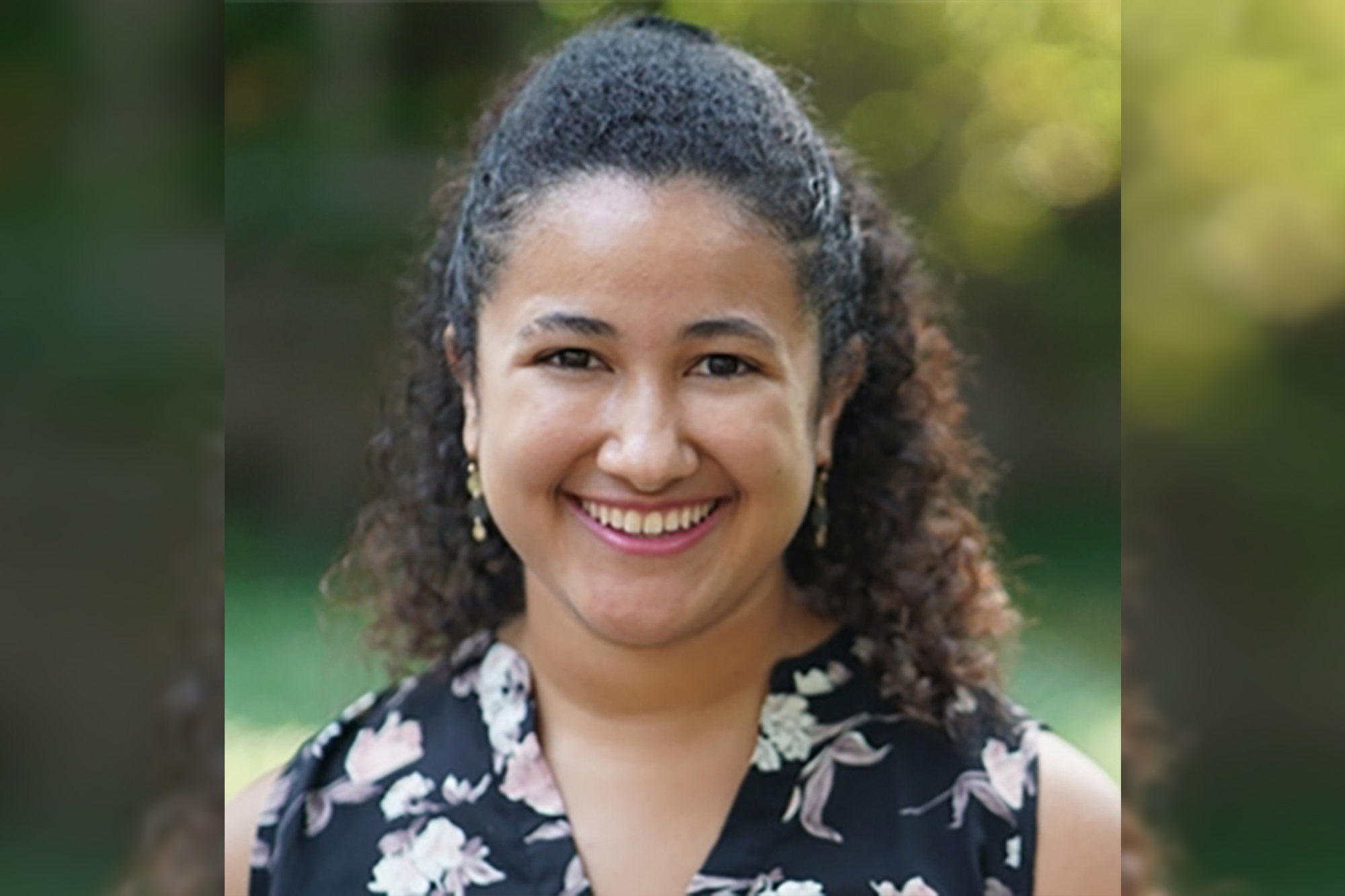The mission of the Annenberg School’s Communication Neuroscience Lab has long been to figure out what kind of messages best push us to engage in healthier habits. As COVID-19 began its sweeping disruption of daily life in March 2020 and behaviors like masking, hand washing, and social distancing became life-or-death for many, members of the lab immediately felt called to action.
Doctoral candidate Mary E. Andrews is particularly concerned with issues of equity. How can we make clear that slowing the spread of the virus impacts not only our own health and safety, but also helps higher-risk groups who are less able to protect themselves because of their life circumstances? What kind of messaging would best achieve that goal?
In a new study published in Social Science & Medicine, Andrews and her co-authors find that the use of personal narratives, as opposed to strictly fact-based messages, increased people’s beliefs about protecting vulnerable groups—as well as their intentions to engage in helpful actions to benefit others.
The study focused on two groups: health care workers and individuals who are incarcerated. The researchers purposely chose groups that experienced severe health inequities during the pandemic but were at opposite ends of the spectrum in terms of perceived social status.
Although neither group got the help they needed during those early days of the COVID-19 outbreak, health care workers were heralded as heroes at the front lines of the pandemic, sacrificing their safety amid PPE shortages and other challenges. Individuals who were incarcerated also faced circumstances beyond their control, with the virus spreading rapidly through prisons and other facilities where physical distancing was difficult or impossible, and basic hygiene provisions were often unavailable. But, as Andrews points out, the general public often forgets about people who are incarcerated—or, worse, thinks they don’t deserve help.
“A lot of the research focus has been on people with higher biological risk, such as those who are older or have underlying conditions—and it is really important to help protect those groups,”Andrews says. “But I wanted to also highlight that some groups are more at-risk because of where they live or work, or other conditions that have nothing to do with biology, and that they're still experiencing health disparities.”
If an intervention increased support for these groups, Andrews reasons, they might work for many others as well.
Read more at Annenberg School for Communication.








